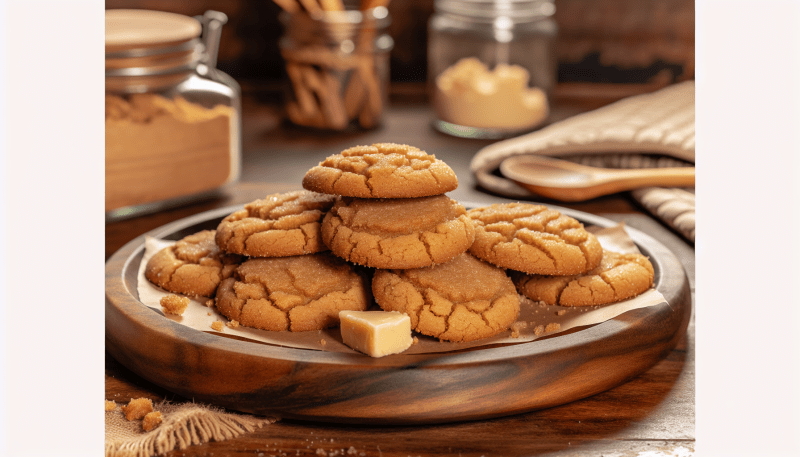In the world of baking, few ingredients can transform a recipe quite like brown butter. Known for its rich, nutty flavor and captivating aroma, brown butter has become a secret weapon for chefs and home bakers alike. When it comes to cookies, incorporating brown butter can elevate the texture and flavor profile, turning a simple treat into a gourmet delight. Here’s a look at the myriad benefits of using brown butter in cookie recipes.
1. Enhanced Flavor Profile
Brown butter, or beurre noisette, is made by cooking unsalted butter until the milk solids turn golden brown. This process intensifies the butter’s flavor, imparting a deep, nutty, and slightly caramelized taste that is unmistakable. When used in cookies, brown butter adds complexity, making each bite more aromatic and flavorful. The toasty notes complement sweet ingredients like chocolate and vanilla, creating a harmonious balance that plain butter can't achieve.
2. Improved Texture
The transformation from regular to brown butter involves the evaporation of water, which results in a more concentrated fat content. This change enhances the texture of cookies, making them chewier and more tender. The higher fat content also contributes to a crispier edge, providing a delightful contrast between the crunchy exterior and soft interior.
3. Elevated Aromatics
One of the most immediate benefits of using brown butter is the irresistible aroma it imparts. The nutty, toasty scent that fills the kitchen during the browning process is a sensory delight. This aromatic quality carries through to the finished cookies, making them not only taste better but also smell more enticing. The olfactory appeal is a key part of the overall eating experience, enhancing the enjoyment of each cookie.
4. Versatile Pairing
Brown butter's unique flavor profile makes it a versatile ingredient that pairs well with a wide range of flavors. It complements the sweetness of chocolate chips, the spiciness of cinnamon, the tartness of dried fruits, and the richness of nuts. This versatility allows bakers to experiment with different flavor combinations, pushing the boundaries of traditional cookie recipes and creating innovative treats.
5. Depth of Color
The browning process gives butter a deeper, golden hue, which translates to a more appealing color in baked goods. Cookies made with brown butter tend to have a warm, golden-brown color that is visually inviting. This enhanced color not only makes the cookies look more appetizing but also signals the rich flavor within.
6. Stability in Baking
Brown butter is more stable than regular butter during baking because the water content is reduced. This stability helps cookies maintain their shape and texture, resulting in more consistent and reliable results. Bakers can expect less spreading and more uniform cookies, making brown butter a dependable ingredient for achieving the perfect bake.
7. Simplified Ingredient List
By using brown butter, you can often reduce the need for additional flavor enhancers in your recipe. The robust taste of brown butter can stand alone, minimizing the need for extra spices or flavorings. This simplification can make the baking process more straightforward and focused on the quality of each ingredient.
Conclusion
Incorporating brown butter into cookie recipes is a game-changer. Its ability to enhance flavor, improve texture, and add a unique aromatic quality makes it an invaluable ingredient in the kitchen. Whether you’re a professional baker or a home enthusiast, experimenting with brown butter can elevate your cookies to new heights. Embrace the golden elixir, and watch as your cookies transform from good to extraordinary.



